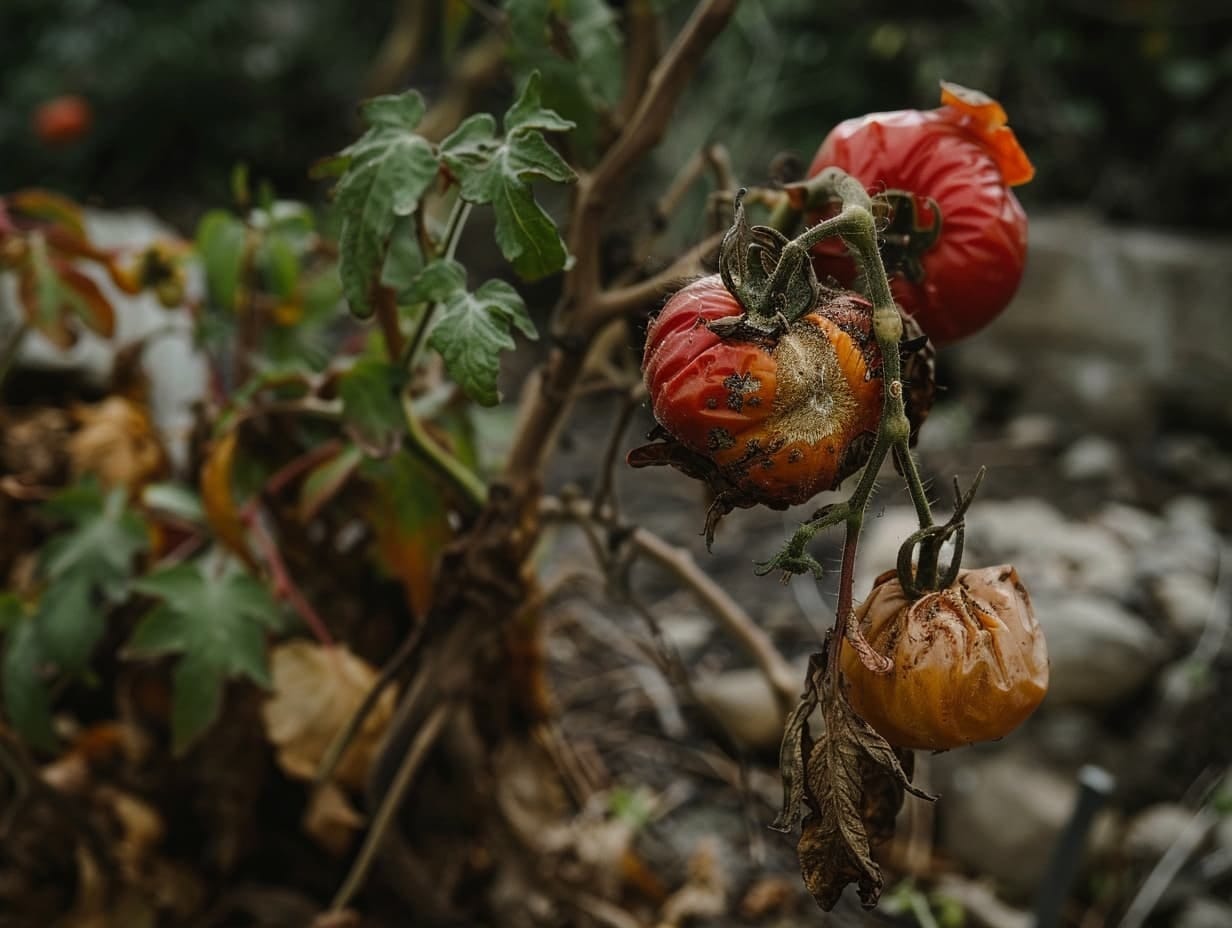When you buy products via links on our website, we might receive an affiliate commission. Learn more
10 Surprising Reasons Your Flower or Vegetable Garden Isn't Flourishing

Gardening can be a rewarding experience, providing a sense of accomplishment and fresh produce right at your doorstep. However, it can be frustrating when your vegetable garden doesn't thrive as expected.
While you might be doing everything by the book, there could be surprising reasons why your garden is underperforming. Here are 10 astonishing factors that might be holding your garden back.
Ignoring Soil Health

Unhealthy soil leads to undernourished plants. Soil that lacks proper nutrients or has an unsuitable pH can severely limit plant growth.
Beyond adding organic matter and checking pH, integrating biochar, engaging in no-till practices, and ensuring good soil structure can significantly enhance microbial life and nutrient availability.
Regularly testing soil and adjusting fertilization accordingly can lead to a more productive garden.
Overcrowding Plants

Plants placed too closely compete for light, nutrients, and water, which stunts their growth. Understanding the specific spacing requirements of each vegetable type can prevent issues related to airflow, sunlight, and nutrient uptake.
Employ square foot gardening or vertical gardening techniques to optimize space and improve air circulation among plants.
Inconsistent Watering

Inconsistent watering, whether too much or too little, can stress plants, making them more susceptible to disease and poor yield. Utilize mulching and consider drip irrigation systems for more consistent soil moisture.
Understanding the water needs of each plant and monitoring soil moisture can prevent water stress and promote healthier, more robust plants.
Neglecting Companion Planting

The absence of companion planting can lead to missed opportunities for natural pest control and pollination, alongside suboptimal use of space. Integrate plants with different but complementary needs to optimize nutrient usage and space.
For example, tall plants can provide shade for those that require less sun, while deep-rooted vegetables can help break up the soil, making nutrients more accessible for shallow-rooted companions.
Poor Pest and Weed Management

Unchecked pests and weeds can quickly overpower and compete with your vegetables for resources. Regular monitoring and early intervention can prevent minor issues from becoming major infestations.
Employ crop covers to protect plants from pests and reduce herbicide reliance by using natural mulch or ground covers to suppress weed growth.
Using Untested Seeds

Poor-quality or old seeds can result in weak plants or failed germination, wasting time and space. Conduct simple germination tests at home to assess seed viability. This can save time and resources, ensuring that only vigorous, healthy plants make it to your garden.
Saving seeds from your healthiest and most productive plants can improve your garden's adaptability over time.
Ignoring Crop Rotation

Repeating the same crops in the same soil can lead to nutrient depletion and pest accumulation. Plan a four-year rotation schedule to prevent soil depletion and minimize pest buildup.
This strategy not only benefits the soil but can also lead to a more organized and manageable garden layout, reducing the workload and improving the garden's overall health.
Not Accounting for Microclimates

Ignoring your garden's microclimates can lead to plant stress or failure, as different areas may have varied exposure to sun, wind, and moisture.
Use microclimates to your advantage by planting heat-loving vegetables in your garden's hot spots and moisture-loving plants in areas that retain dampness. This strategic placement can reduce your garden's water and energy input while boosting its productivity and diversity.
Forgetting to Mulch

Without mulch, soil can lose moisture rapidly, and temperature fluctuations can stress plants.
Beyond its immediate benefits, mulching can encourage the presence of earthworms and other beneficial organisms that aerate the soil and improve nutrient cycling. Regularly check and replenish mulch to maintain its protective and nutritional benefits throughout the growing season.
Lack of Patience and Attention

Impatience and inconsistent care can lead to neglected plants and missed cues for necessary interventions.
Recognize that some plants have longer maturation periods and may not produce quick results. Providing consistent care, even when plants aren't actively producing, can ensure they have the support needed to yield when the time comes.
Celebrating small successes and learning from failures can foster a more resilient and rewarding gardening experience.
